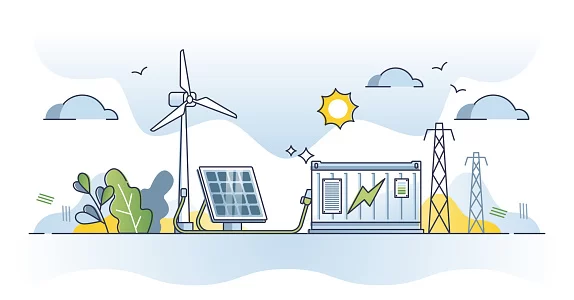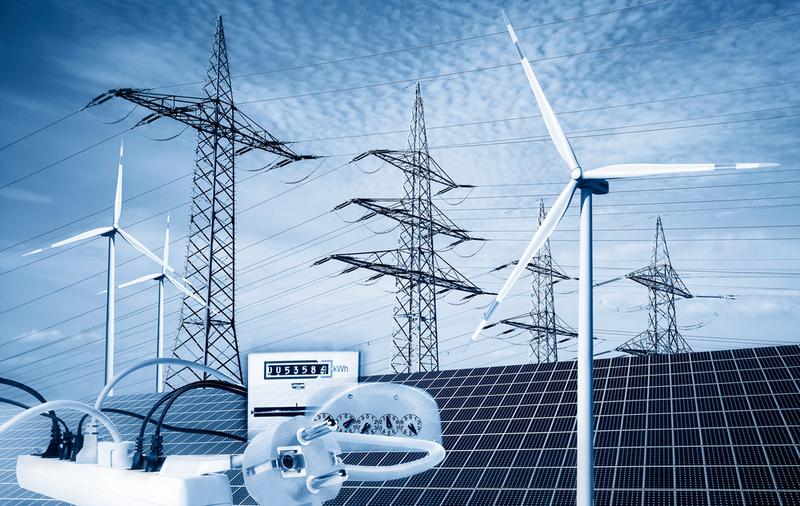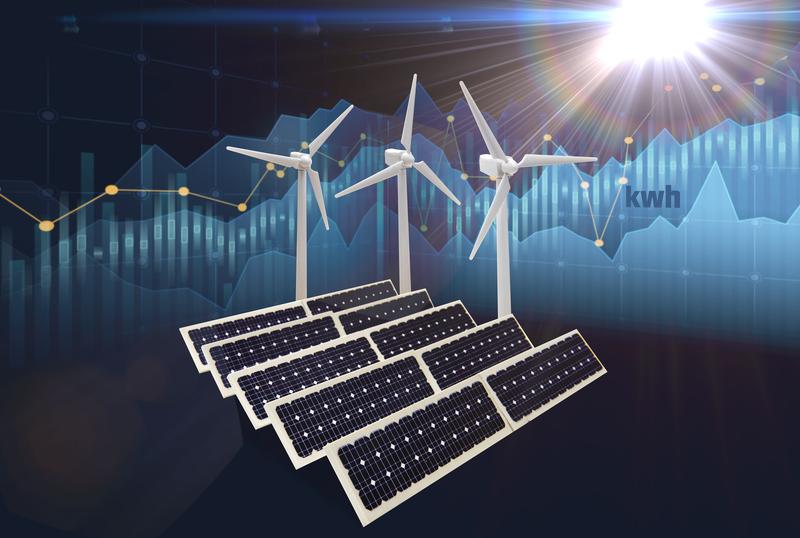Powering Up: The Role of Independent Energy Storage in a Decentralized Energy Landscape
As the energy market of today is getting decentralized around the globe, independent energy storage stations are one of those critical pieces that make up the evolving power grid. This allows various forms of energy management to be operated much more flexibly, efficiently, and resiliently, being at the core of any vision toward a future of increasingly localized power generation.

Why Independent Energy Storage is Key
Gone will be the days when most energy generation took place at a few large central stations; instead, there will be many smaller, dispersed locations of rooftop solar, wind farms, and community microgrids. Here, independent energy storage terminals come in handy, capturing excess energy when demands are low and dispatching it as demands rise.
Consider a small town in the countryside with a community-owned solar farm that generates more electricity in the day and demands more in the night. An independent storage system intervenes to store excess energy produced by the sun and then releases the energy when it is most needed, thus ensuring a continuous supply of electricity. Surplus energy that is not stored goes to waste.
Benefits of Independent Energy Storage Stations
Flexibility and Resilience:Besides, the stored energy gives in to grid stability, especially when complimented by other renewable sources like solar and wind. This is helpful on days when the wind is not blowing or the sun is not shining, because this stored energy could keep homes and businesses running smoothly.
Reduced Grid Congestion: The implication of this is locally stored energy reduces congestion on the transmission network, hence a reduction in energy distribution bottlenecks or lower risks of power outages due to overloaded systems in highly concentrated areas.
Energy Independence: Independent energy storage reduces dependence on national grids and centralized utilities. It provides the potential to go “off-grid” or reduce usage from the grid during times of peak demand to lower costs.
Case Study: South Australia’s Energy Storage Initiative
The South Australia case is a textbook example of what energy storage can achieve. The state hosts the world’s biggest lithium-ion battery-an integral part of its ambitions to integrate variable renewable generation into its power mix. Operating as an independent energy storage system connected to Hornsdale Wind Farm, it has helped to stabilize South Australia’s power supply, avoiding blackouts and reducing energy costs to consumers.
Can independent storage really replace traditional power stations?This is one question that energy experts debate. Major battery installations can indeed buffer renewable sources, but given the existing capacities of batteries, they supplement instead of replace those sources. As battery technology advances, that could change over time.
Latest Trends in Energy Storage
Among these, some of the key trends are modular battery systems that can be scaled up or down depending on the energy demand of an area. Other examples are second-life batteries; recovered batteries from electrical vehicles are being reused for energy storage. This brings down not only waste but also the cost related to the energy storage solution.
Besides that, smart energy management systems are being developed which can optimize the time when energy is stored or released, hence further increasing their efficiency.
Looking Ahead
The role of independent energy storage stations will increase proportionately with the growth in renewable energy generation and increasing claims for sustainability. Thus, considering recent great leaps in storage, it will be only a question of time when we shall see decentralized energy storage taking center stage in our power grids.
FAQs
How do independent energy storage stations benefit decentralized grids?
Independent energy storage stations store surplus energy and release it when demand is high, improving grid resilience and stability.
What technologies are driving advancements in energy storage?
Innovations like modular battery systems and second-life batteries are making energy storage more scalable, efficient, and cost-effective.
Can independent energy storage fully replace traditional power plants?
While independent storage complements renewable energy, current battery capacity limits prevent it from fully replacing traditional power plants—though advancements in technology may close this gap.



